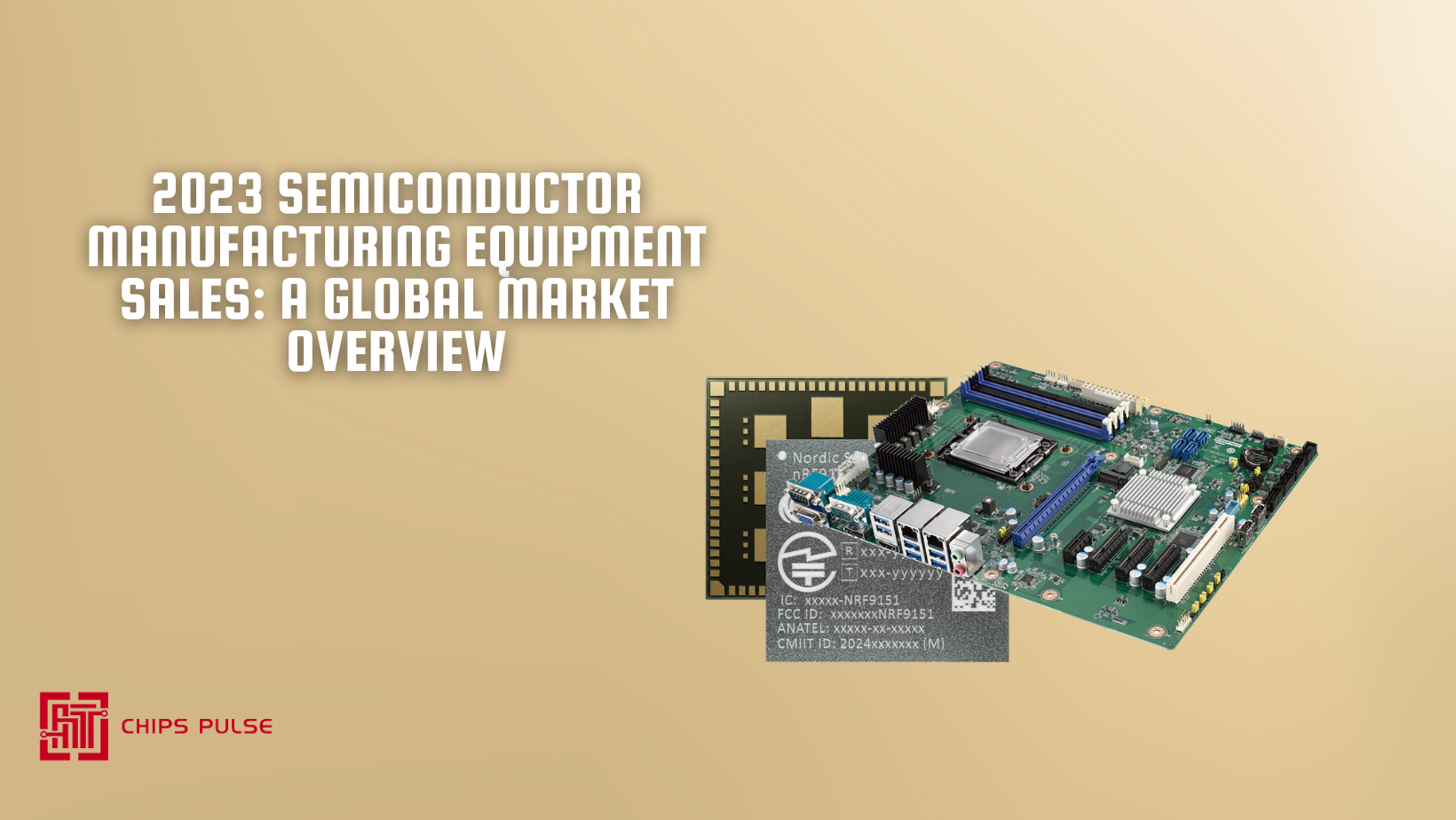In 2023, the global sales of semiconductor manufacturing equipment saw a slight decline, dipping by 1.3% to $106.3 billion compared to the record high of $107.6 billion in 2022, as reported by SEMI, the industry association representing the electronics manufacturing supply chain. Despite the overall decrease, the market dynamics varied across regions, showcasing a mixed bag of performances.
China emerged as the standout market, demonstrating robust growth with a remarkable 29% year-on-year increase, reaching $36.6 billion. This surge reaffirms China's position as a dominant player in the semiconductor manufacturing landscape, fueled by ongoing investments and initiatives to bolster its semiconductor industry.
Conversely, Korea experienced a setback with a 7% decline in sales, amounting to $19.9 billion, while Taiwan saw a substantial drop of 27% to $19.6 billion. These declines underscore the challenges and fluctuations inherent in the semiconductor market, influenced by factors such as global demand shifts, supply chain disruptions, and geopolitical tensions.
The United States market bucked the downward trend, registering a notable 15% increase in sales. This growth reflects the resilience and innovation within the U.S. semiconductor industry, driven by advancements in technology and strategic investments.
In contrast, the European Union witnessed a modest decline of 3%, Japan saw a 5% decrease, and the Rest of the World (RoW) experienced a significant downturn of 39%. These regional variations highlight the complex interplay of economic, regulatory, and technological factors shaping the semiconductor equipment market.
Delving deeper into the segment breakdown, wafer processing equipment sales experienced marginal growth of 1%, indicating sustained demand for essential semiconductor manufacturing processes. The other front-end segment witnessed a notable uptick, with billings increasing by 10%, signaling continued investments in cutting-edge semiconductor fabrication technologies.
However, there were notable declines in other segments, with assembly and packaging equipment falling by 30% and test equipment witnessing a 17% decrease. These contractions reflect fluctuations in specific market demands and technological transitions within the semiconductor industry.
Overall, while 2023 saw a dip in semiconductor manufacturing equipment sales globally, the market landscape remained dynamic, with regional disparities and segment-specific trends shaping the industry's trajectory. Adaptability, innovation, and strategic investments will continue to be pivotal in navigating the ever-evolving semiconductor ecosystem.
